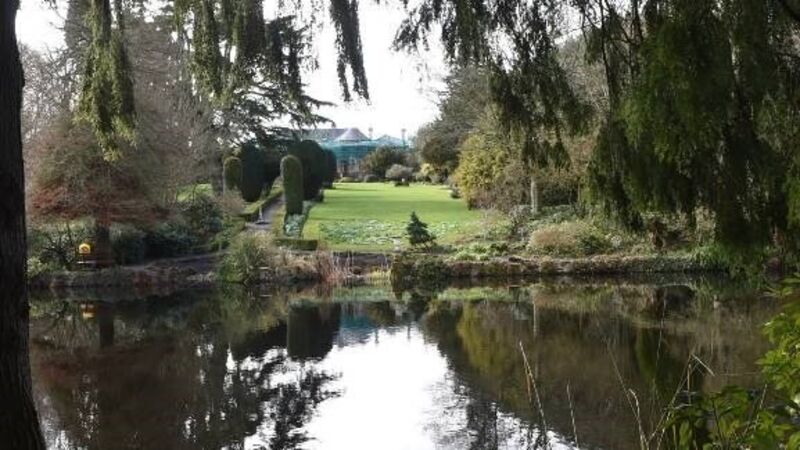Up and away in beautiful Ballon at Altamont Gardens

visits the spectacular Altamont Gardens.
It takes a lot of people a long time to work it out doesn’t it? With many, it can take til late middle age or even retirement — and in some cases others may never get there. I’m referring to that most important pursuit of all, finding your niche, finding happiness and what makes you tick.













